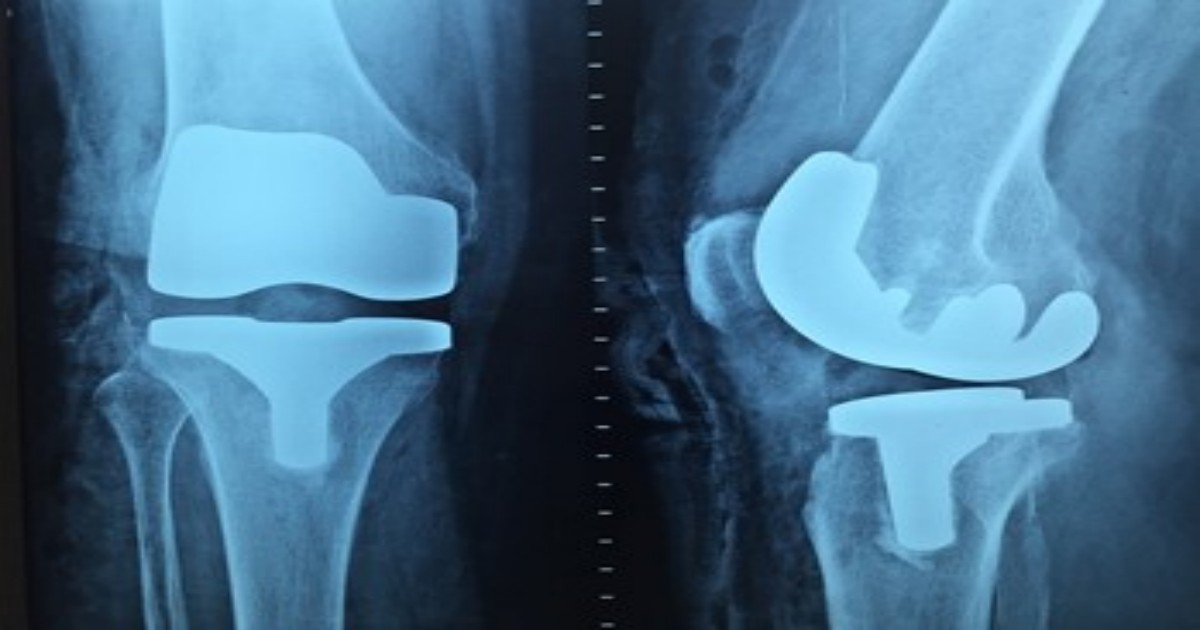- 2.5Impact Factor
- 5.5CiteScore
- 20 daysTime to First Decision
New Insight into the Biomechanics of Lower Limb: Prevention, Injury, Rehabilitation and Replacements
This special issue belongs to the section “Applied Biosciences and Bioengineering“.
Special Issue Information
Dear Colleagues,
This Special Issue on "New Insight into the Biomechanics of Lower Limb: Prevention, Injury, Rehabilitation and Replacements" presents detailed studies of significant scientific findings in injury prevention, rehabilitation, and, last but not least, biomedical engineering solutions. This issue covers key topics such as healthcare, biomedical imaging, bioinformatics, machine learning and deep learning, computational biomechanics, and case-control studies.
The focus point of this Special Issue is to build up a chain of articles on the four main subjects, namely prevention, injury, rehabilitation, and replacements.
The Prevention topic expects novel results on avoiding or predicting the possibility of certain lower-limb-related injuries during sports movements.
The objective of the Injury category is to explore the potential mechanism of lower-limb joint injury caused by, e.g., symmetry changes due to acute fatigue or by other factors. It must be emphasized that new findings between implications for injury prevention and motor skill assessment are most welcome.
Rehabilitation is strongly connected to injury problems, where original and even unconventional therapies and their results should be presented for sport injury rehabilitation e.g. cryotherapy or extracorporeal shockwave therapy.
The Replacements section invites authors in the field of hip, knee, and ankle replacements. Since several interesting controversies still exist in the field of lower-limb joint arthroplasty, at least some of them should be addressed to yield approximate results.
In conclusion, this Special Issue aims to provide an academic and in-depth view of how mechanics, informatics, and health science can be further integrated into health care.
Dr. Gusztáv Fekete
Guest Editor
Manuscript Submission Information
Manuscripts should be submitted online at www.mdpi.com by registering and logging in to this website. Once you are registered, click here to go to the submission form. Manuscripts can be submitted until the deadline. All submissions that pass pre-check are peer-reviewed. Accepted papers will be published continuously in the journal (as soon as accepted) and will be listed together on the special issue website. Research articles, review articles as well as short communications are invited. For planned papers, a title and short abstract (about 250 words) can be sent to the Editorial Office for assessment.
Submitted manuscripts should not have been published previously, nor be under consideration for publication elsewhere (except conference proceedings papers). All manuscripts are thoroughly refereed through a single-blind peer-review process. A guide for authors and other relevant information for submission of manuscripts is available on the Instructions for Authors page. Applied Sciences is an international peer-reviewed open access semimonthly journal published by MDPI.
Please visit the Instructions for Authors page before submitting a manuscript. The Article Processing Charge (APC) for publication in this open access journal is 2400 CHF (Swiss Francs). Submitted papers should be well formatted and use good English. Authors may use MDPI's English editing service prior to publication or during author revisions.
Keywords
- sport injury
- computational biomechanics
- deep learning
- machine learning
- experimental biomechanics
- physical activity
- case studies
- rehabilitation
- lower limb
- ankle
- knee
- hip

Benefits of Publishing in a Special Issue
- Ease of navigation: Grouping papers by topic helps scholars navigate broad scope journals more efficiently.
- Greater discoverability: Special Issues support the reach and impact of scientific research. Articles in Special Issues are more discoverable and cited more frequently.
- Expansion of research network: Special Issues facilitate connections among authors, fostering scientific collaborations.
- External promotion: Articles in Special Issues are often promoted through the journal's social media, increasing their visibility.
- e-Book format: Special Issues with more than 10 articles can be published as dedicated e-books, ensuring wide and rapid dissemination.

